5 Cannabis Design Trends of 2025
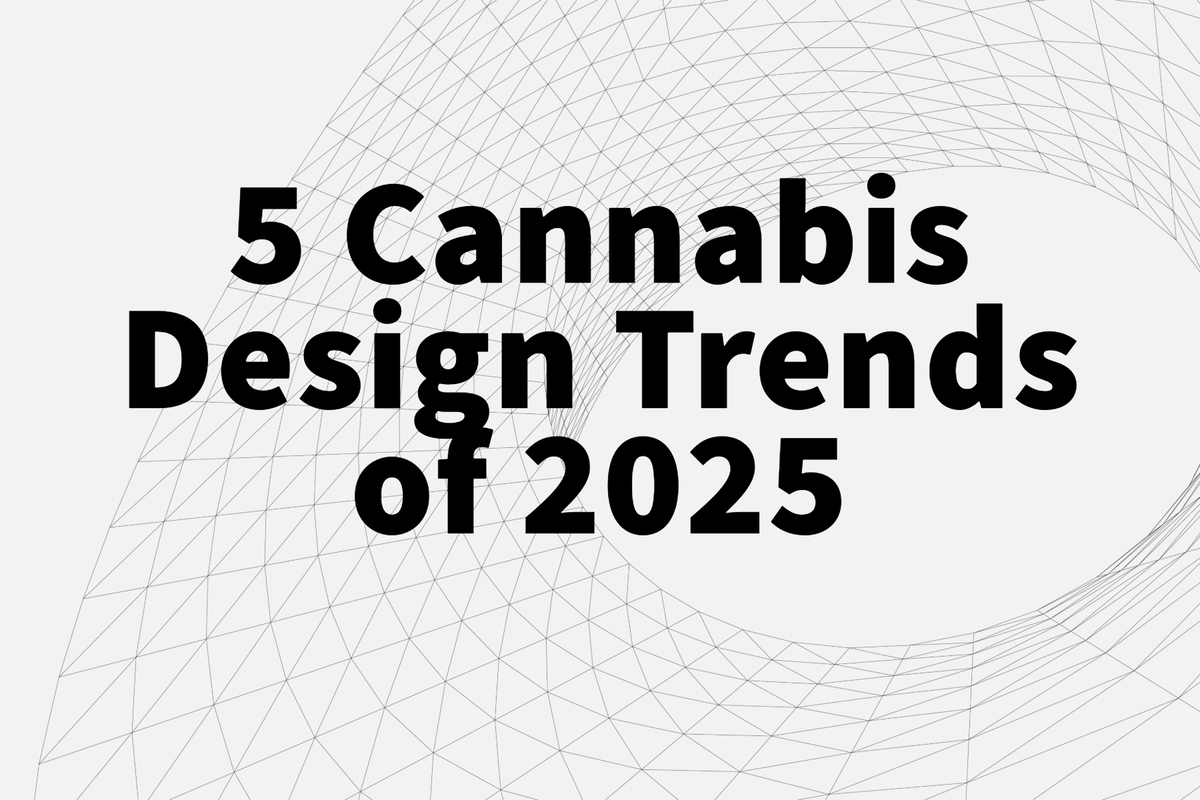
As we progress through the 2020s, design trends are changing. We see a surge in classical elements matched with specific Pantone color schemes. Throughout this article, we’ll seek the five best cannabis design trends for your brand.
The Surge of Fluorescent Colors
In the vibrant world of graphic design for 2024, a thrilling trend is the adoption of luminous and vivid color schemes. Designers across the spectrum (from digital interfaces to print and branding) apply palettes that captivate and make a bold statement. Electric yellows, bold blues, vivid oranges, and lively greens are at the forefront. They transform mundane visuals into fresh and modern masterpieces.
This resurgence of fluorescent colors is not just about being seen; it’s about being remembered, allowing designs to communicate vibrant visual tales that resonate deeply. Hit movies like Barbie and popular sportswear trends from the top brands continue to keep these color schemes relevant.
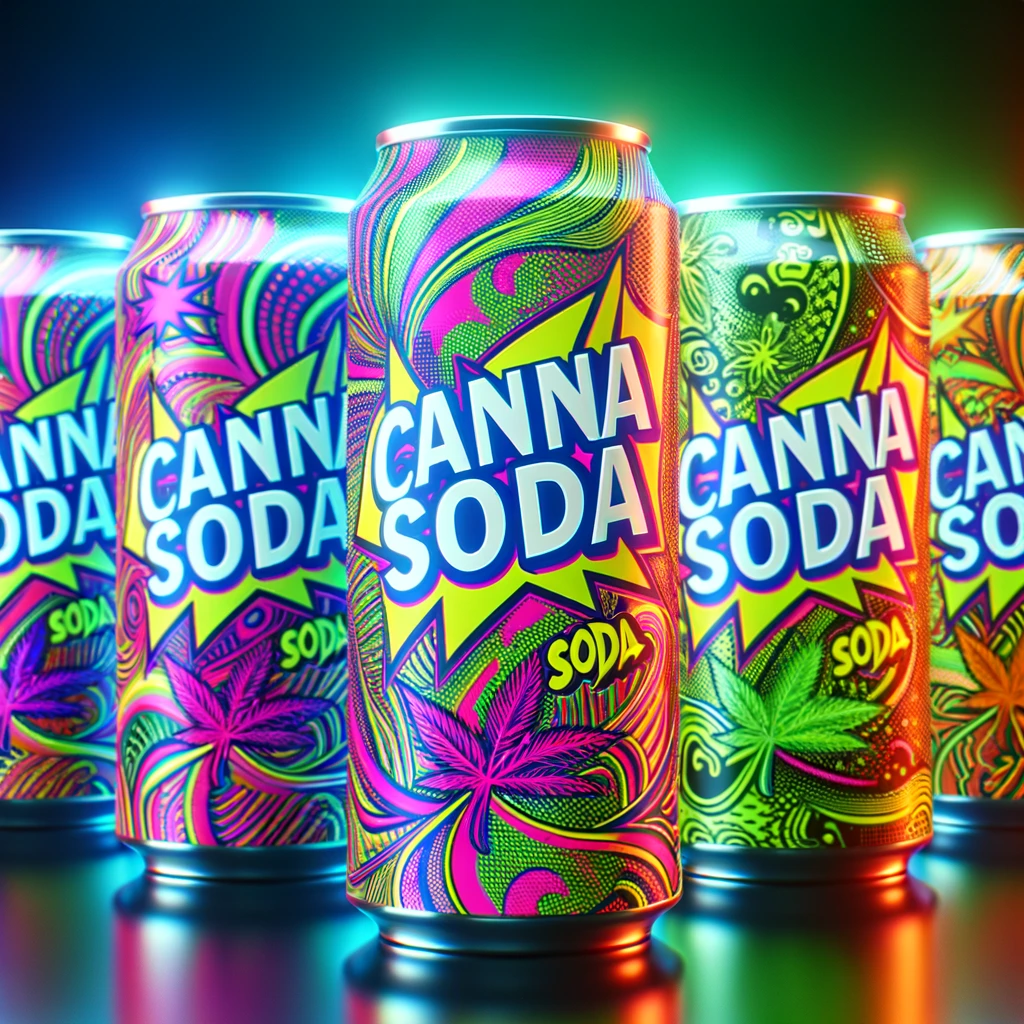
The Essence of Minimalist Design
Amidst the color explosion, minimalism maintains its timeless allure, proving its enduring relevance in 2024’s design ethos. With its core philosophy of ‘less is more,’ minimalism elevates simplicity to an art form.
It focuses on essential elements and embraces clean lines and generous white spaces, minimalist designs achieve a serene elegance. This restrained approach enhances message clarity, leveraging a limited color palette and refined typography to deliver pinpoint messages. In a world of visual noise, minimalism’s whisper often carries the most weight.
While this might seem like a contrast to loud florescent colors, these trends could flow together for a modern take on design trends. This could be a nice play on bold minimalism which embellishes the focal elements. Therefore, it can further enhance the contrast against a minimal background on cannabis packaging designs.
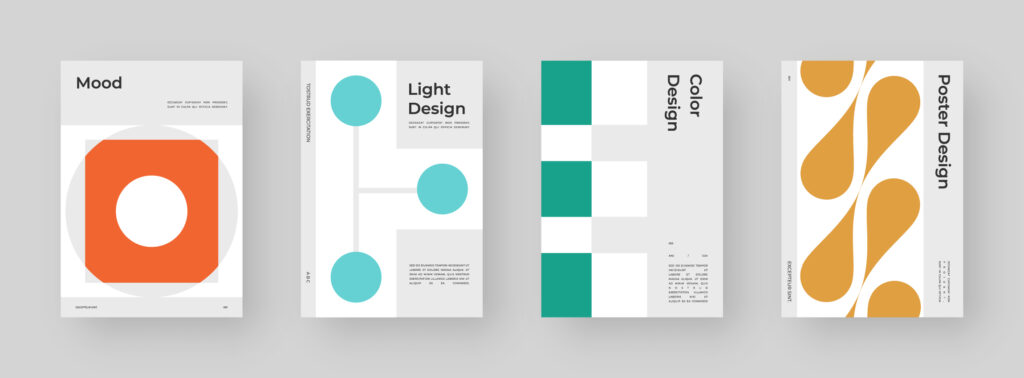
The 3D Design Evolution
3D design has witnessed a significant renaissance in 2024, becoming more accessible than ever. Innovations like Adobe Illustrator’s “Inflate” feature simplify 3D design and invite a broader spectrum of creators to explore this dimension.
Gone are the days when 3D design was the exclusive domain of specialized designers. Today, the integration of 3D elements ranges from subtle enhancements in layouts to intricate masterpieces. This signals an era where 3D’s potential has only begun to be tapped into.
3D Render tools (i.e. Blender) allow for simplified interactive 3D content. To take 3D design and animation to the next level, designers have adopted web design elements.
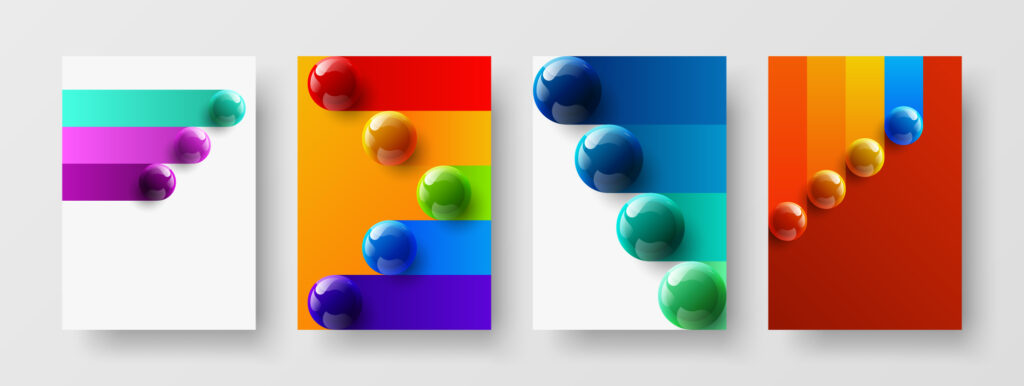
Nostalgia and Retro Revival
As the digital age accelerates, there is a desire for retro and vintage designs. This trend taps into the power of nostalgia and offers an escape into the ‘good old days’ of design. The resurgence of grainy visuals, cartoon characters, and a palette reminiscent of yesteryears not only delights the senses but also reconnects us with the heartfelt creativity of the past.
Vintage minimalism, a fusion of classic and contemporary, has gained momentum, marrying the simplicity of minimalism with the charm of retro aesthetics. Many famous brands have relaunched retro designs for retail products and advertising campaigns. Therefore, it’s easy to see why this trend has been adopted for cannabis brand identity.

The Craft of Upscale Printing
In an increasingly digital landscape, the allure of end-to-end print experiences is stronger than ever. 2024 sees a revival in sophisticated printing techniques, from the time-honored crafts of embossing/foiling to the innovative use of materials (i.e. post-consumer paper stocks and kraft paper).
These methods infuse print designs with unparalleled depth and texture, offering a tangible counterpoint to the ephemeral nature of digital media. As we move through 2024, the interplay of advanced technology and traditional craftsmanship redefines the boundaries of graphic design. It creates memorable experiences that engage both sight and touch.
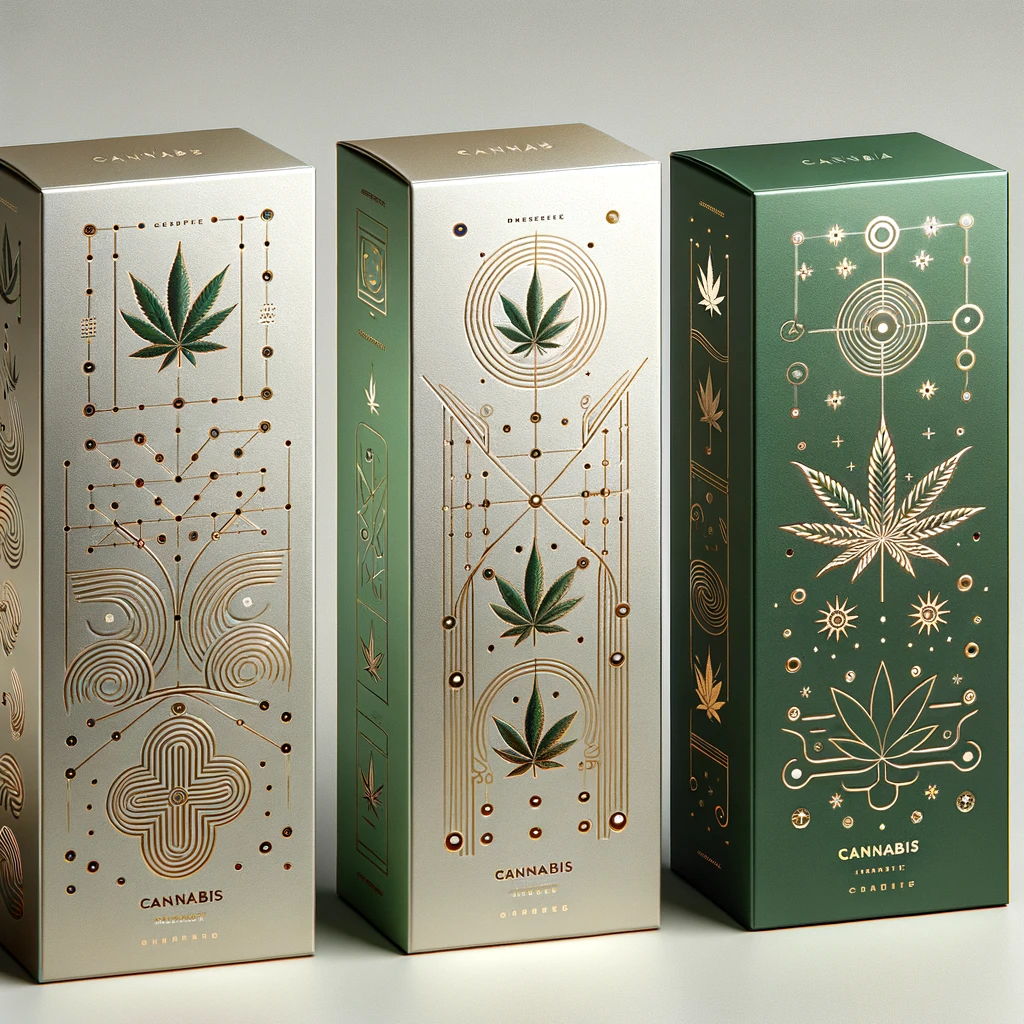
In summary, 2024’s cannabis design trends are a dynamic blend of the past and future, where the vibrancy of fluorescent colors, the clarity of minimalism, the innovation of 3D design, the nostalgia of retro influences, and the tactile richness of upscale printing converge to redefine visual communication.
